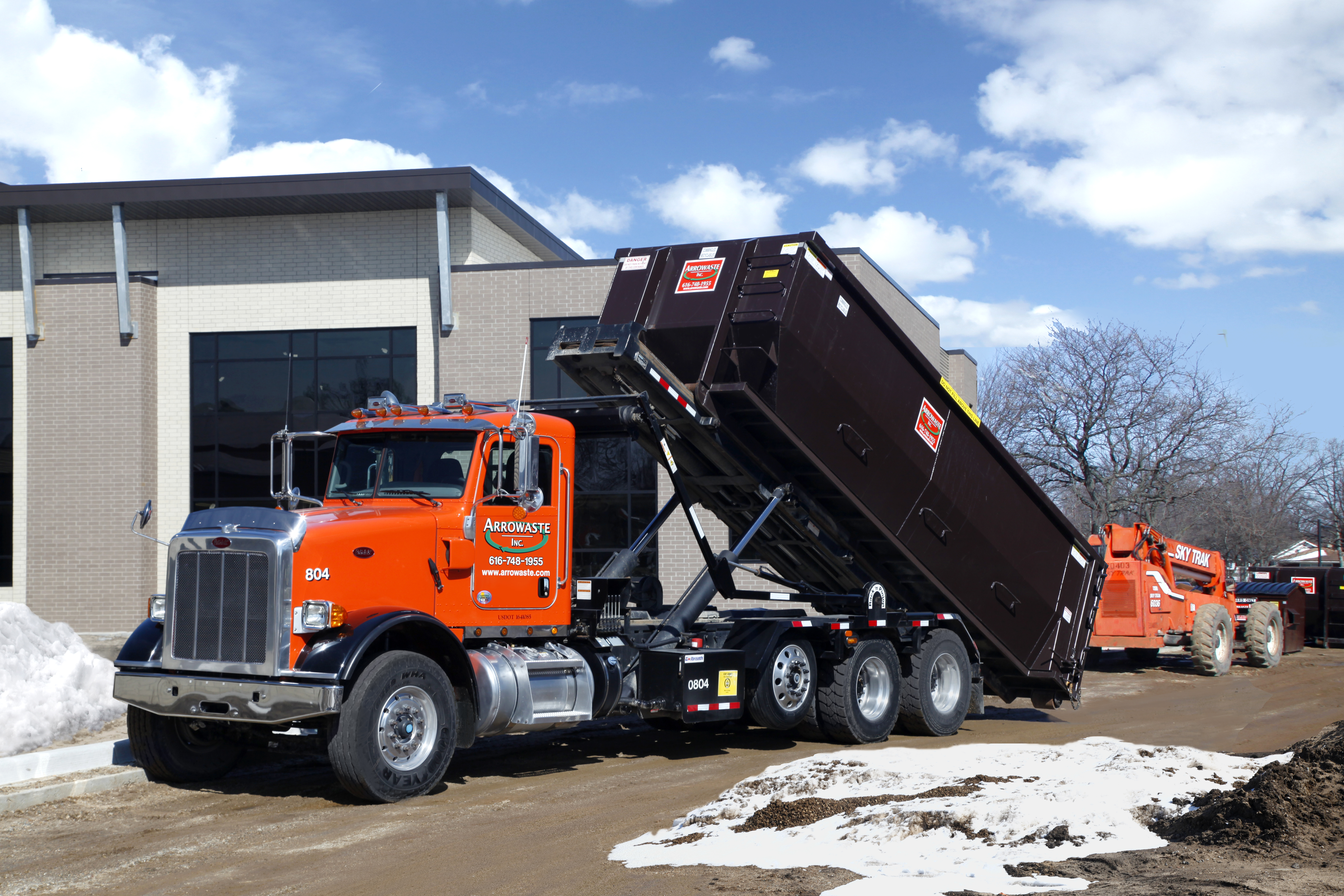Your Comprehensive Guide To Picking The Correct Dumpster Size For Any Type Of Project
Your Comprehensive Guide To Picking The Correct Dumpster Size For Any Type Of Project
Blog Article
Write-Up Created By-Templeton Fisher
When embarking on a job that needs a dumpster, the dimension you pick can considerably affect its efficiency and cost-effectiveness. Imagine having the best container that suits all your waste without being excessively huge or as well tiny. It all starts with recognizing the subtleties of your job and choosing a dumpster dimension that straightens with your certain requirements. So, prior to you decide, take into consideration the aspects at play to ensure a smooth waste administration procedure from start to finish.
Aspects to Think about
When selecting the ideal dumpster size, there are a number of essential factors to think about.
First, think about the sort of waste you'll be dealing with. Different materials might require differing quantities of room, so understanding what you'll be putting in the dumpster is critical.
Next, analyze the quantity of waste you expect to create. If you take too lightly the quantity, you may need to make several trips to throw away every little thing, which can be troublesome and costly. On the other hand, leasing a dumpster that's too huge can lead to unnecessary costs.
Furthermore, take into consideration the area where the dumpster will certainly be put. Ensure there suffices area for the dumpster to be provided and grabbed without any obstructions.
Finally, think about any weight constraints that may apply. Going beyond the weight limit can cause additional fees and even the refusal of service.
Dumpster Size Alternatives
For picking the best dumpster dimension, it's essential to have a mutual understanding of the readily available options. Dumpster sizes typically vary from 10 to 40 cubic backyards, with variations in between.
A 10-yard dumpster is suitable for tiny projects like a garage cleanout or a tiny renovation. If you're dealing with a medium-sized task such as a kitchen area remodel or a cellar cleanout, a 20-yard dumpster might be the ideal selection.
For larger projects like a whole-house improvement or commercial building and construction, a 30 or 40-yard dumpster could be better to accommodate the volume of waste generated.
When deciding on a dumpster size, take into consideration the quantity and type of debris you anticipate to get rid of. It's better to choose a somewhat larger size if you're unsure to stop overfilling. Keep in mind, it's more cost-effective to lease a dumpster that fits your needs instead of needing to purchase an added one.
Matching Size to Project
Optimally matching the dumpster size to your task is crucial for reliable waste administration. To determine the ideal dimension, consider the scope and nature of your job.
For tiny home cleanouts or restorations, a 10-yard dumpster might be enough. These are typically 12 feet long and can hold around 4 pickup truck tons of waste.
For bigger tasks like remodeling numerous areas or cleaning out a big estate, a 20-yard dumpster could be preferable. https://finneltzf.wssblogs.com/31428336/recognize-the-essential-indicate-focus-on-for-an-effective-dumpster-rental-experience are around 22 feet long and can hold roughly 8 pickup truck loads.
If go now dealing with a major building and construction job or commercial remodelling, a 30-yard dumpster could be the best fit. These dumpsters are about 22 feet long and can accommodate about 12 pickup truck loads of particles.
Matching the dumpster dimension to your project ensures you have adequate area for all waste products without overpaying for extra ability.
Final thought
Finally, choosing the right dumpster size for your task is essential for efficient garbage disposal. By taking into consideration elements like the type and amount of waste, room schedule, weight restrictions, and budget restraints, you can ensure you have the proper size dumpster for your requirements. Ensure to match the size of the dumpster to the scope and nature of your task to prevent overspending on unnecessary expenditures.
